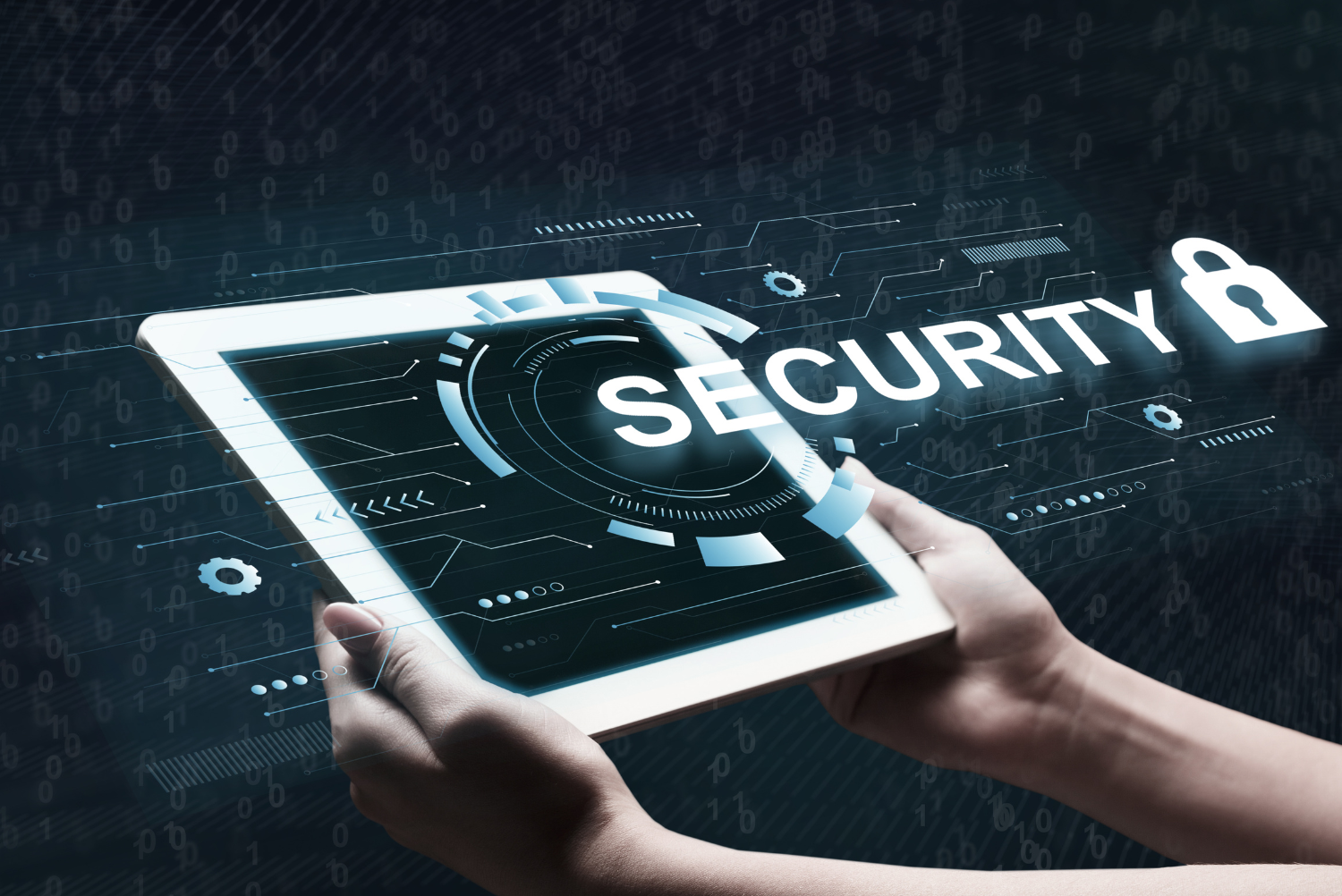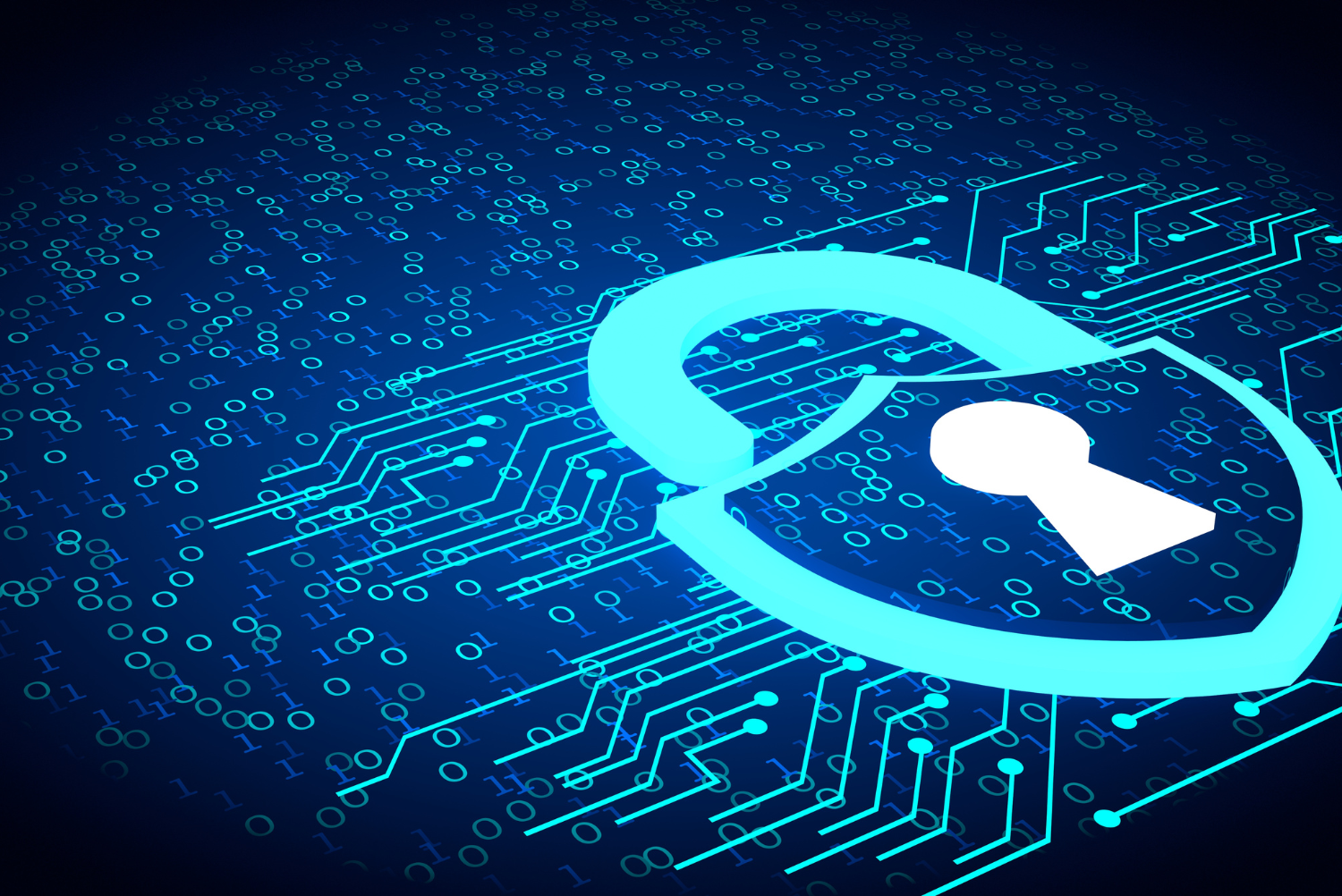When it comes to cyber security, there is not necessarily a one-size fits all approach. Many individuals and small businesses purchase an antivirus software subscription and believe that it will protect them.
The truth is that it will to a certain extent, but it is the very basic level of security. Asking how much cyber security do I need is similar to asking how long is a piece of string – the answer is relative to the needs of the individual and business. To ensure full security, businesses need to understand the different layers of protection and their importance as it is key to safeguarding their business. In this blog, we will look at different elements of a strong cyber security strategy.
Basic Level Cyber Security: The Foundation of Your Defence
The first line of defence in any cyber security strategy involves implementing basic protective measures. These fundamental steps are crucial for every business, regardless of size or industry.
Antivirus Software and Firewalls: These tools act as the first barrier against malicious software and unauthorised access.
Strong Password Policies: Implementing strong, complex passwords and changing them regularly is a simple yet effective way to protect against unauthorised access. If multi-factor authentication (MFA) is an option, then make sure that this is fully implemented for an added layer of security.
Regular Updates: Ensure that your operating systems, applications, and software are regularly updated. By keeping your systems up to date, you close the door on these potential entry points.
Advanced Threat Protection: Supporting Your Defence
While basic measures are essential, they may not be sufficient to defend against more sophisticated cyber threats. Advanced threat protection adds additional layers of security to protect your business from increasingly complex attacks:
Intrusion Detection and Prevention Systems (IDPS): These systems monitor network traffic for suspicious activity and can automatically block potentially harmful actions. They help detect and prevent cyberattacks in real-time, minimising damage.
Security Information and Event Management (SIEM) Systems: SIEM systems collect and analyse security data from across your network, helping you identify potential threats before they become critical issues. By centralising security alerts, SIEM enables quicker detection and response to incidents.
Endpoint Detection and Response (EDR) Solutions: EDR tools focus on identifying and responding to threats that target endpoint devices such as computers, mobile devices, and servers. By monitoring and analysing activity on these endpoints, EDR solutions help detect and respond to threats that have bypassed other security measures.
Zero-Trust Security Software: Instead of layering multiple tools, Zero-Trust security offers a unified, modern approach to protecting your business. By enforcing a “never trust, always verify” principle, Zero Trust software combines threat detection, access control, and activity monitoring into one streamlined solution. It eliminates the need for standalone systems like IDPS, SIEM, and EDR by applying strict authentication and continuous monitoring across your entire network. This comprehensive framework ensures that no user or device is granted access without verification, providing a single, robust line of defence against advanced cyber threats.
Employee Training and Awareness: Strengthening the Human Element
Even with the most sophisticated technology in place, human error remains a significant vulnerability. Employees are often the weakest link in cyber security, making training and awareness programs essential.
Regular Cyber Security Training: Educate your employees about common cyberattacks, such as phishing, social engineering, and ransomware. Regular training helps employees recognise and respond to potential threats effectively.
Awareness Programs: Continuously remind employees of best practices, such as verifying the authenticity of emails and avoiding clicking on suspicious links. An informed workforce is a critical component of your cyber security strategy.
Data Backup and Disaster Recovery
Data loss due to cyberattacks has huge implications for businesses that can lead to financial loss and reputational damage.
Regular Data Backup: Ensure that your data is backed up regularly and stored offsite. This minimises the risk of data loss due to cyberattacks, natural disasters, or hardware failures.
Backup Systems: Set up backup options for your data so that important information is still accessible even if one system goes down. This could involve using several data centres or cloud services to keep everything safe and available.
Testing Procedures: Regularly test your backup and disaster recovery plans to ensure they are effective. A well-prepared response can make the difference between a minor inconvenience and a major business disruption.
Incident Response Plan
An incident response plan is crucial to effectively manage and respond to cyber security incidents.
Define Roles and Responsibilities: Clearly outline who is responsible for what in the event of a cyber security incident. This includes identifying the incident response team and assigning specific roles.
Establish Communication Channels: Ensure that clear communication channels are established for reporting and managing incidents. Quick and effective communication is critical during a cyber security event.
Outline Response Steps: Define the steps to detect, contain, and remediate an incident.
Building a Resilient Cyber Security Strategy
If you are serious about keeping your data and your clients data safe, then you need a comprehensive cyber security strategy. This involves implementing multiple layers of defence, from basic protective measures to advanced threat detection, employee training, and incident response planning. By adopting a layered approach, your business will be better equipped to protect against and respond to the diverse range of cyber threats that exist today.







